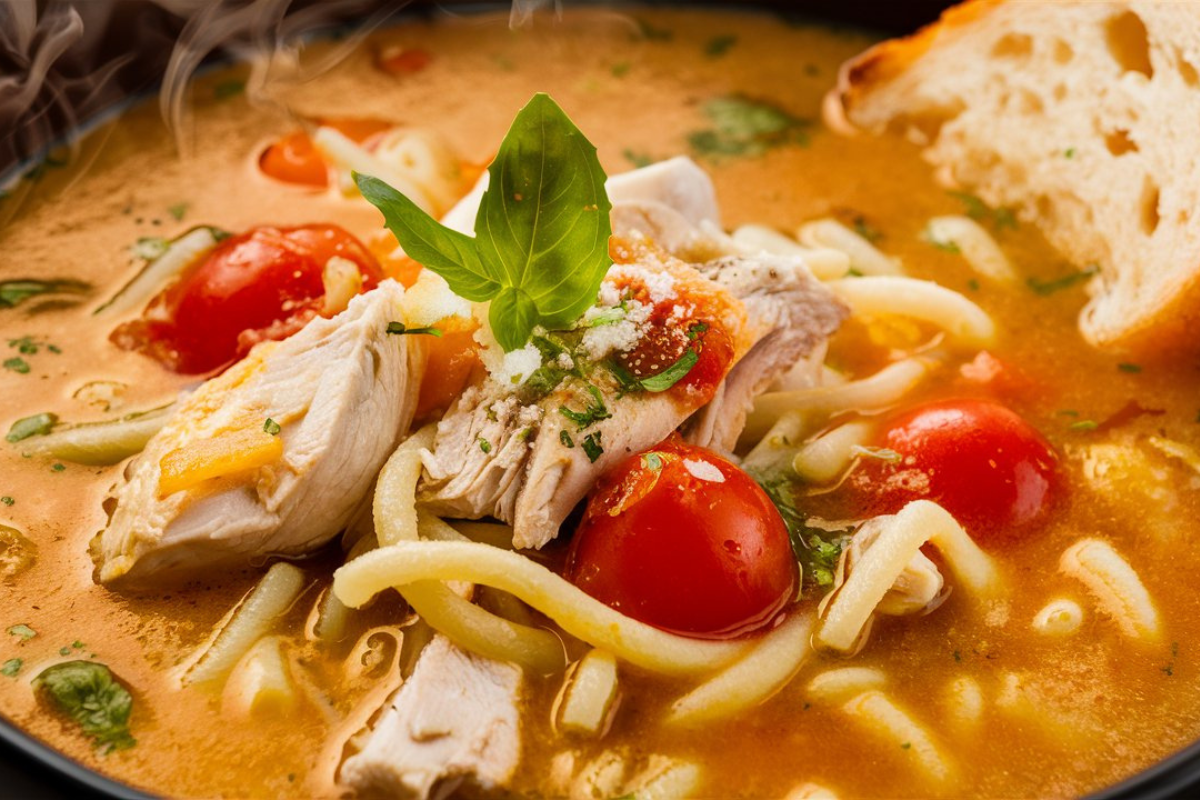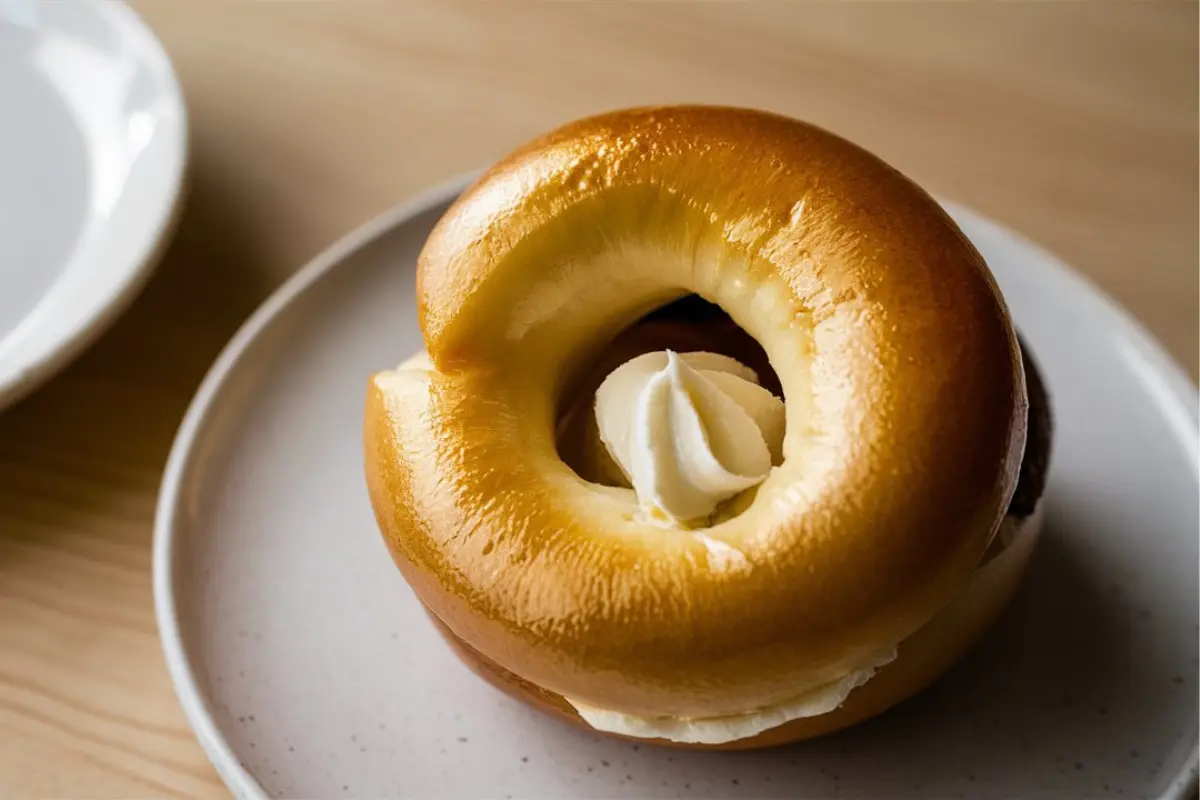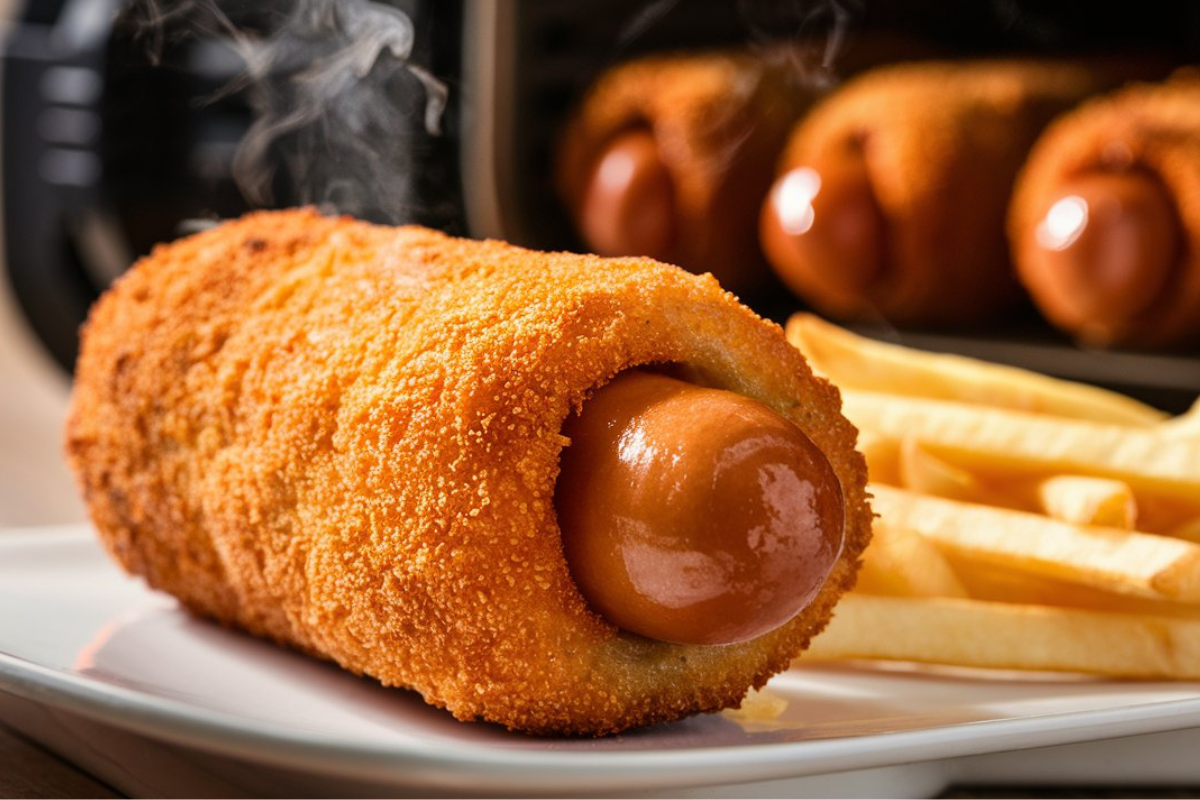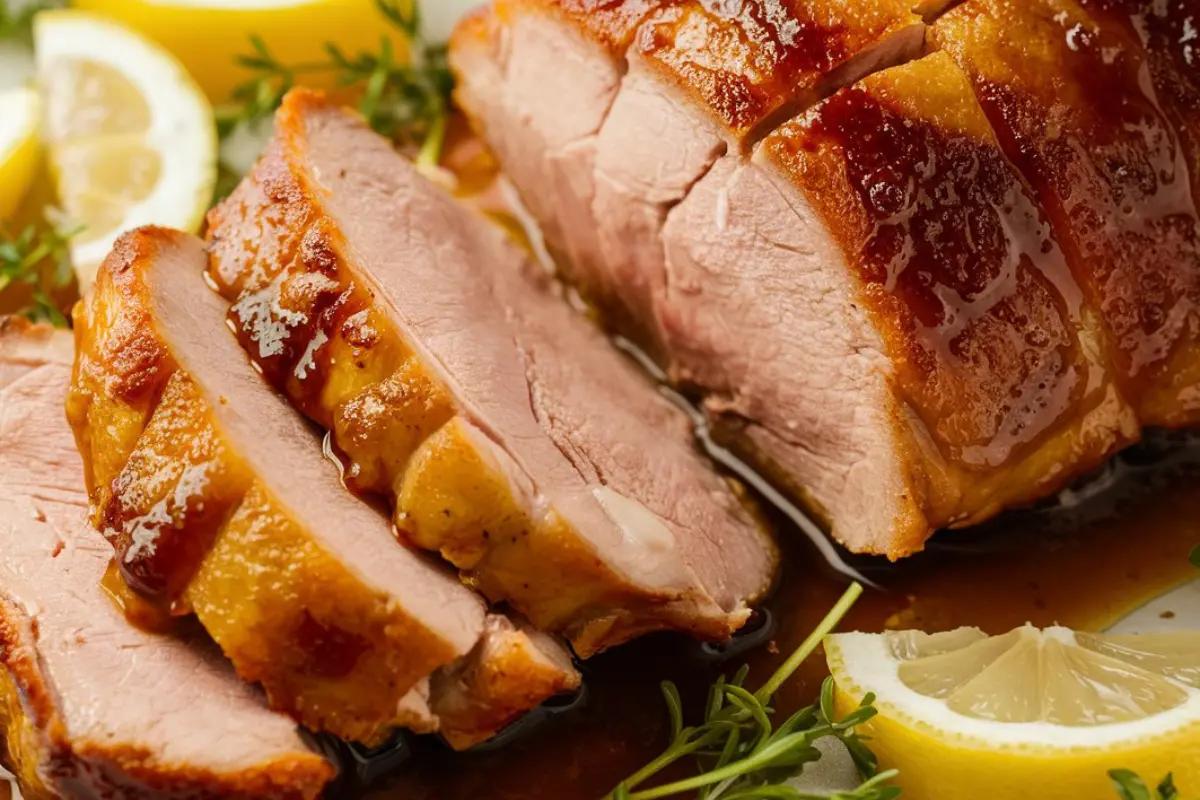Before we dive into the rich and creamy world of flan de vainilla, let’s set the stage for a delightful exploration. This article will cover the history, preparation, and variations of flan de vainilla. We’ll offer practical tips to enhance your culinary skills. From its cultural significance to mastering the perfect caramelized topping, each segment aims to enrich your dessert-making skills and inspire your next dinner party.
Introduction to Flan de Vainilla
A Sweet Slice of History
Oh, how far flan de vainilla has come! Originally a savory Roman dish made from surplus pantry items, it has transformed lusciously over the centuries. In Spain and France, the sweet version flourished, enhanced by Moors’ caramel and exotic spices. Today, flan de vainilla is a beloved dessert worldwide, celebrated from Latin America to the globe. Its versatility and appeal have made it a staple on dessert menus everywhere, including every corner of Puerto Rico.
Vanilla Flan: A Universal Delight
What makes flan de vainilla so irresistible? Maybe it’s the silky texture or how it blends eggs, milk, and vanilla into something spectacular. It shines at social gatherings, winning hearts with its smooth custard and glistening caramel sauce. The basic recipe—eggs, milk, and sugar—is simple, but the magic occurs in the bain-marie. This water bath cooks the flan gently and evenly, crucial for perfect custard consistency without a crust. For those interested in exploring other custard-based desserts, the Apple Custard Pie Guide offers additional insights and variations.
By exploring the world of flan de vainilla, you’re engaging in a centuries-old tradition that continues to evolve and enchant. Stay tuned as we dive into detailed steps and variations that turn this classic dessert into a canvas for culinary creativity. Whether you’re a seasoned chef or a beginner, flan de vainilla offers a sweet pathway to delicious discovery.
Detailed Recipe and Variations
Main Recipe
Gathering Your Ingredients
First things first: to whip up a classic vanilla flan, you’ll need a handful of key ingredients that blend to create its distinctive flavor and texture. Grab 1 1/2 cups of granulated sugar for the caramel, 5 large eggs, 1 can of condensed milk, 1 can of evaporated milk, 1/2 cup of fresh milk, a teaspoon of pure vanilla extract, and the zest of one lemon to enhance the citrusy undertone. Remember, the quality of your ingredients can make or break this dessert.
Crafting the Perfect Caramel
To kick things off, you’ll need to master the art of caramel. In a heavy-bottomed saucepan, melt the sugar over medium heat. Keep a watchful eye on it, stirring occasionally until the sugar dissolves into a light-medium brown liquid—this is your flan’s gloriously sticky foundation. Quickly pour this into your baking mold, ensuring an even coat along the bottom and sides. This step sets the stage for the entire dessert, so getting it just right is crucial.
The Custard Mix
In a large mixing bowl, whisk the eggs gently—this isn’t the time for overzealous beating, as too much air can lead to unwanted bubbles in your custard. Add the milks and vanilla extract, mixing to combine everything into a smooth concoction. Strain this mixture to ensure it’s silky smooth, then stir in the lemon zest for that subtle zing. Pour this mixture over the caramel in the baking mold.
Bain-Marie Basics
Place your flan mold in a larger baking pan and fill it with hot water until it reaches halfway up the sides of the mold. This method, known as a bain-marie, ensures even cooking. It prevents the edges from cooking too quickly while keeping the center tender and creamy. Bake in a preheated oven at 350°F (175°C) for about 45-50 minutes. The flan should set but still jiggle slightly when shaken.
Cooling and Unmolding
Once done, let the flan cool to room temperature before refrigerating it for at least four hours, ideally overnight. This rest period helps the flan set perfectly and enhances its flavors. To serve, run a knife around the edges of the mold, place a large plate on top, and invert the mold quickly. The flan should slip out easily, covered in its own caramel sauce.
Variations of Vanilla Flan
Creative Twists
Now that you’ve mastered the basic vanilla flan, why not play with variations? For those who adore richer desserts, adding cream cheese transforms the texture into something akin to cheesecake—decadently smooth and creamy. Pumpkin flan is a festive twist perfect for autumn gatherings, while coconut flan brings a tropical flair that’s hard to resist.
Flan for Every Occasion
Each variation of flan provides an opportunity to customize your dessert to the occasion. Pear flan, with slices of poached pear laid in the caramel before adding the custard, offers an elegant touch for more formal events. Meanwhile, a strawberry flan, with fresh berries added just before serving, makes for a refreshing summer treat.
Experimenting with these variations not only spices up the traditional recipe but also lets you tailor your dessert to suit different tastes and dietary needs. The adaptability of flan is what makes it such a beloved dessert worldwide. Next, we’ll delve into advanced techniques to elevate your flan game to professional levels, ensuring every slice is as perfect as it is delicious.
Advanced Techniques and Serving Suggestions
Advanced Cooking Techniques
Perfecting the Caramel
Achieving the perfect caramel is more art than science, and it’s crucial for a stunning vanilla flan. For a deeper flavor, consider cooking the sugar until it reaches a dark amber color—but be cautious, as there’s a fine line before it burns. For a smooth, even layer, swirl the pan gently instead of stirring, which can introduce air bubbles and cause crystallization.
Silky Smooth Custard
The secret to a silky, perfectly textured flan lies in the straining and blending process. After mixing your custard ingredients, pass the mixture through a fine-mesh sieve to remove any egg clumps. This ensures a uniform texture throughout. If you’re looking for an even finer consistency, use a blender to mix the custard ingredients, but be careful not to overblend, as introducing too much air can affect the final texture.
Water Bath Wonders
The bain-marie, or water bath, is essential for gentle cooking, which prevents the eggs in the custard from curdling. To maintain a steady temperature and avoid water splashing into your flan, wrap the bottom of your flan mold in aluminum foil before placing it in the water bath. Also, using warm water for the bath helps maintain oven temperature and cooks the flan more evenly.
Serving and Presentation Tips
Garnishing with Grace
A beautifully presented flan can be as delightful to the eyes as it is to the palate. Garnish your flan with a sprinkle of edible flowers or fresh mint leaves for a touch of elegance. Light dusting of powdered sugar or a drizzle of honey can also add to the visual appeal and flavor.
Creative Plating
Serve your flan on a colorful ceramic plate or a vintage glass dish to add an extra layer of charm to your presentation. For individual servings, consider using small ramekins. This not only looks impressive but also makes serving easier and more personalized.
Pairing Suggestions
Flan pairs wonderfully with a cup of strong coffee or a glass of sparkling water to balance its sweetness. For a non-alcoholic pairing, consider a berry compote or a citrus sorbet. These provide a refreshing contrast to the rich, creamy texture of the flan.
Master advanced techniques and serving suggestions to elevate your vanilla flan from a simple homemade dessert to a show-stopping finale for any meal. These tips will enhance both the taste and texture of your flan and the overall dining experience, impressing your guests. In our next section, we’ll explore the nutritional aspects and dietary considerations of this beloved dessert, ensuring it can be enjoyed by everyone.
Nutritional Information and Dietary Considerations
Health and Nutritional Aspects of Vanilla Flan
Understanding the Nutritional Profile of Vanilla Flan
Delving into the nutritional content of vanilla flan provides valuable insights for those looking to balance indulgence with health. Typically, each serving of this classic dessert offers protein and calcium—thanks to its egg and milk content—contributing to bone strength and muscle function. However, due to high levels of sugars and fats from the creamy condensed and evaporated milks, it is best enjoyed in moderation, especially for individuals mindful of their caloric intake.
Adapting Flan for Various Dietary Needs
There are several creative modifications to the traditional flan recipe that can accommodate various dietary restrictions without sacrificing the delightful taste:
- Creating Lactose-Free Flan: Opt for lactose-free milk products to prepare a flan that’s gentle on the stomach for those with lactose intolerance.
- Crafting a Low-Sugar Flan: For a sugar-conscious diet, substitute traditional sugars with alternative sweeteners like stevia or monk fruit, which offer sweetness without the caloric load.
- Developing Dairy-Free Flan: To cater to dairy-free preferences, replace cow’s milk with coconut milk, which not only eliminates dairy but also infuses a subtle tropical flavor.
Dietary Modifications for Vanilla Flan
Options for Gluten-Free and Low-Carb Diets
Since vanilla flan is naturally devoid of gluten, it is an excellent dessert choice for those avoiding gluten due to allergies or celiac disease. For those on a low-carb diet, consider reducing the sugar and using a combination of heavy cream and unsweetened almond milk to cut down on carbohydrates significantly.
Addressing Allergens in Flan
It’s crucial to be mindful of common allergens such as eggs and milk, which are central to flan’s preparation. For those with egg allergies, consider using gelatin as an alternative thickening agent, although this may slightly alter the dessert’s traditional texture. Always make it a point to inform guests of the presence of these allergens when serving flan at social events.
By integrating health-focused and dietary considerations, vanilla flan becomes a versatile dessert that meets various nutritional needs and preferences. This approach broadens its appeal and allows more people to enjoy its creamy, comforting qualities without health concerns. Next, we’ll answer some frequently asked questions to troubleshoot common issues and enhance your flan-making experience.
Frequently Asked Questions about Vanilla Flan
What is Vanilla Flan Made Of?
Vanilla flan is a creamy dessert primarily composed of a few basic yet essential ingredients. The traditional recipe includes granulated sugar for the caramel topping, eggs, condensed milk, evaporated milk, and fresh milk. A teaspoon of pure vanilla extract is added to infuse the custard with its characteristic flavor, and occasionally, lemon zest is included for a subtle citrus note. This combination is gently cooked in a water bath to achieve a smooth, custardy texture with a delicious caramel layer.
What is Dominican Flan Made Of?
Dominican flan, also known as flan de leche, typically follows the basic flan recipe but often includes the addition of coconut milk or cream of coconut, giving it a distinctive tropical flavor that sets it apart from other variations. Some recipes also incorporate a splash of rum for an extra layer of flavor, aligning with the country’s culinary traditions. The result is a richer, creamier dessert that reflects the local tastes and ingredients of the Dominican Republic.
Why is Flan Unhealthy?
While vanilla flan is undeniably delicious, it’s generally considered an indulgent treat due to its high sugar and fat content. The main components, such as condensed and evaporated milk, contribute significant amounts of sugar and calories, while the eggs add cholesterol. These factors can make flan less suitable for those with dietary restrictions related to sugar, fat, or cholesterol. However, with moderation and by making some ingredient substitutions, flan can still be enjoyed as part of a balanced diet.
What are the Most Popular Desserts in the Dominican Republic?
In addition to flan, the Dominican Republic is known for its beloved desserts deeply rooted in cultural heritage. Bizcocho Dominicano, a moist cake often frosted with meringue, is popular for celebrations. Arroz con leche, a sweet rice pudding, is flavored with cinnamon and sometimes raisins or lemon zest. Dulce de leche and tres leches cake are also favorites, known for their sweet, creamy textures.
These FAQs offer insights into flan’s preparation and variations, showing how desserts reflect a region’s culinary identity. We will conclude with thoughts on the joy of making and sharing flan, encouraging further exploration of this delightful dessert.
Conclusion and Further Reading
Reflecting on the Joys of Flan
As we wrap up our exploration of vanilla flan, it’s clear that this dessert is much more than just a sweet treat. It’s a culinary tradition that spans continents and cultures, adapting to local tastes while maintaining its essence. Whether you stick to the classic recipe or experiment with variations, making flan is an opportunity to bring a piece of culinary heritage into your kitchen. It’s also a chance to create lasting memories around the dining table, sharing a dessert that’s loved worldwide.
Continuing Your Culinary Journey
For those eager to delve deeper into the world of desserts and flan-making, there are numerous resources available. Cookbooks dedicated to Latin American and Spanish cuisines often feature entire sections on flan, offering both traditional recipes and modern twists. Websites like Food Network provide extensive collections of flan recipes, each with user ratings and tips that can help refine your technique.
For a more hands-on approach, consider attending a cooking class. Many culinary schools and community centers offer sessions focused on desserts, where you can learn directly from experienced chefs and practice alongside fellow dessert enthusiasts.
Embracing the Sweet Side of Life
In essence, vanilla flan embodies the sweet simplicity of dessert making. A few basic ingredients come together to create something truly extraordinary. It demonstrates the power of cooking to bridge cultural gaps and sweeten our lives in many ways.
Whether you’re a seasoned baker or a novice in the kitchen, creating the perfect flan is rewarding and delicious. Why not give it a try? Gather your ingredients, follow the steps, and prepare to impress both yourself and your loved ones with a dessert rich in flavor and history. Remember, the world of flan is vast and varied. There’s always a new recipe or a twist to try, keeping your dessert repertoire exciting.




